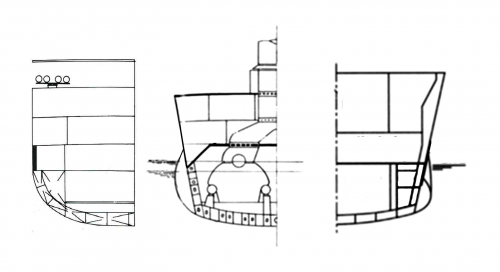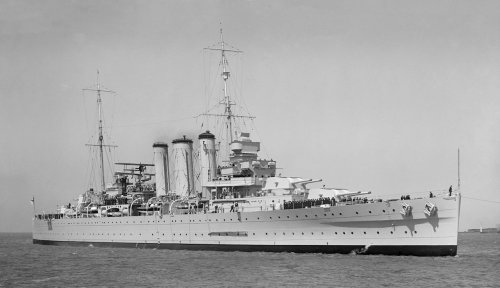- Joined
- 22 April 2012
- Messages
- 2,318
- Reaction score
- 1,839
I have been reading book about RN naval policy in the 1920s and came across a segment that reminded me of the proposed 1925 conversion of the Hawkins class to 8" guns* but it also added in an additional element in that Churchill apparently asked that the Emerald class also be considered for conversion to the then new 8 inch gun.
Does anybody know of anywhere where drawings of these proposed conversions have been published? Has anyone ever drawn such a conversion, for either class, using shipbucket or some other mechanism?
*details provided by smurf here: http://www.secretprojects.co.uk/forum/index.php/topic,19763.msg194148.html#msg194148
Does anybody know of anywhere where drawings of these proposed conversions have been published? Has anyone ever drawn such a conversion, for either class, using shipbucket or some other mechanism?
*details provided by smurf here: http://www.secretprojects.co.uk/forum/index.php/topic,19763.msg194148.html#msg194148










